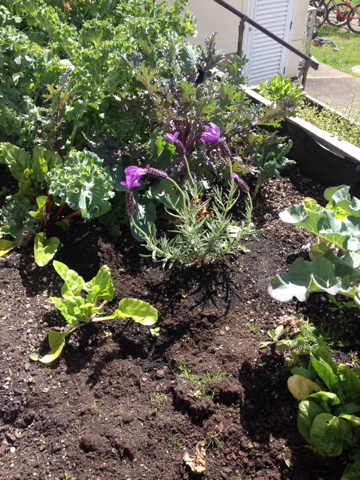First of all we pulled out the weeds because weeds take away food from our vegetables.
Then Mrs Mardell sprinkled on blood and bone fertiliser. It's the most organic and SAFE fertiliser to use. We want to use safe products as we have small people around and these are vegetables we will eat. What we eat becomes us.
The blood and bone was stinky a few people said. We discussed where blood and bone came from.
We either raked the blood and bone into the soil or we covered it with ready prepared compost.
When it rains the nutrients will wash into the soil and our plants will suck them up through their roots.
What we planted:
A courgette plant. An alternative name for courgette is zucchini.
Six cherry tomato plants. Because Tomoto plants produce big tomato crops they need extra food. We dug the holes deeper than we needed we put tomato food in the bottom, covered the food with soil, then planted the tomato plants on top. These plants we need to keep well watered to have lots of juicy fat tomatoes!












